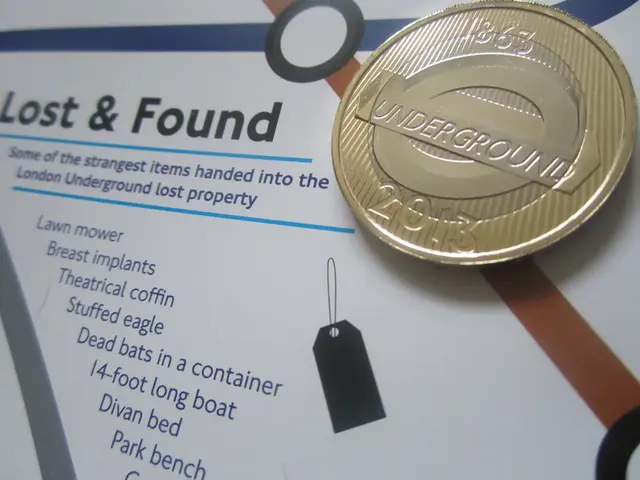AI models now cater as potential consumer base for advertisers
In the ever-evolving digital landscape, a new frontier has emerged for advertisers and PR agencies - Generative Engine Optimisation (GEO). This innovative approach is designed to boost a brand's visibility in AI-powered search and chat environments, such as ChatGPT and Perplexity.
Recently, it was found that over a quarter of consumers now use generative AI tools, like these, to help them make purchasing decisions. In response, companies are channeling intellectual and financial capital to ensure they appear in the answers regurgitated by these AI tools.
The strategy for GEO is markedly different from traditional SEO. Agencies are focusing on enhancing brand authority, content clarity, and AI alignment to appear prominently as the definitive answer. This involves creating clear, structured, and context-rich content, establishing and maintaining authoritative brand signals, adapting content for semantic understanding, integrating AI-focused SEO audits and tools, and preparing for the evolving AI search ecosystem.
One such agency leading the charge is the Amsterdam-based firm, which has developed a 'Share of Model' software. This innovative tool analyses how different AI models perceive their clients, and it is configured to match a client's audience segment and category personas.
However, it's not just about appearing in the answers generated by these AI models. The same prompt can yield different results across different models. For instance, Google-owned Gemini and Meta's Llama are biased towards their own ecosystems, with Gemini looking at YouTube videos and Llama lending itself to Instagram, Facebook, and its own ecosystem.
Advertisers are increasingly turning to specialist firms like Jellyfish to ensure they don't become invisible as customers embrace this new frontier. Ellie Tuck, creative director and partner at Fleishmanhillard, a PR agency, states that this is one of the biggest shifts in how brands show up in the world.
As GEO continues to evolve, it is expected to become more significant during the upcoming sales period. Tech firms may even open up their models to paid recommendations in the future. In the meantime, the fundamentals of trust, quality content, and authority remain the same, but how they are brought to life in an AI-powered world is undergoing massive change.
To improve visibility in AI-generated answers, companies are advised to make their web pages more machine-readable. For instance, ChatGPT loves Reuters and Wikipedia for general questions, while Claude prefers CNBC and Good Housekeeping. Similarly, Claude tends to cite information from official sources like the US Food and Drug Administration and the National Library of Medicine for retail and pharma prompts, while OpenAI's ChatGPT looks to Wikipedia and the Associated Press.
As we navigate this new landscape, it's clear that the game is changing. Agencies and brands must adapt their strategies to stay visible and relevant in the AI-powered world.
Technology has become integral in shaping contemporary lifestyle, as evidenced by the increasing use of generative AI tools by a quarter of consumers to aid purchasing decisions. Responding to this trend, artificial-intelligence (AI) is becoming a crucial consideration for advertising and PR agencies. By employing Generative Engine Optimisation (GEO), these agencies aim to ensure their clients appear in AI-generated responses, fostering brand visibility within AI-powered search and chat environments such as ChatGPT and Perplexity.




